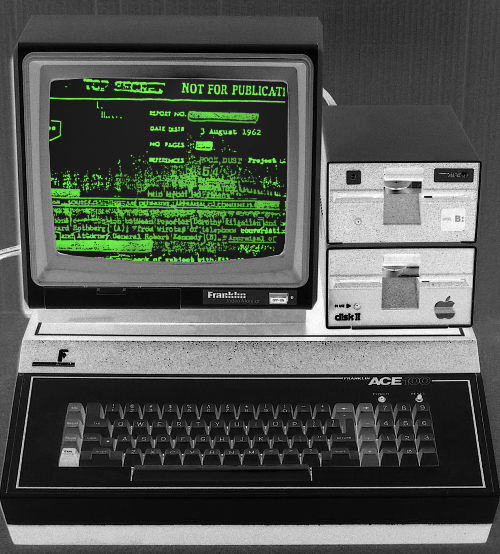Hot tips to get handle on hackers
 Australian researchers have looked for the best warning signs that companies can use to spot potential cyber-security risks within their own staff.
Australian researchers have looked for the best warning signs that companies can use to spot potential cyber-security risks within their own staff.
Researchers from the University of Adelaide say Australian businesses must think outside the square to prevent cyber-security threats in the workplace – and profiling their staff’s computer behaviour could be the best place to start.
“Information security professionals have been attempting to convince senior management for many years that humans represent a major risk to the security of their computer systems,” says researcher Dr Malcolm Pattinson.
“All it takes is for one employee to click on the wrong link or open the wrong attachment in an email and the organisation can have a major cyber-security breach, resulting in stolen information, damage to data, significant work downtime, and loss of revenue."
Dr Pattinson and colleagues have developed tests that can help determine the level of cyber-security awareness among workers.
They outline the specific factors that play a role in this, including: an employee's age, education level, ability to control impulses, familiarity with computers, and the worker's personality type.
“This kind of ‘cyber-security profiling’ could be very useful in helping an organisation to identify the level of human risk within their workplace, and in adopting processes and strategies to overcome it,” he says.
“For example, we know that people who are impulsive often make mistakes. Accidental, naïve behaviour leads to cyber-security risk. Age is a factor – the younger you are, the more vulnerable you’re likely to be.
“Interestingly, people who have less understanding of how computers work may be less at risk because they're often more cautious.
“Those who think they know it all will tend to be more self-assured, and that's when they can make a serious mistake by clicking on the wrong email link or not noticing that attack software has been installed on their computer.”
Dr Pattinson says information security culture comes from the top of an organisation down.
“The more managers start to pay attention to these issues, the better that company-wide culture will be,” he says.








 Print
Print